With the support of this great website I started my first build instead of buying an almost ready to fly micro quad.
This gives me a lot of freedom in the parts I wanted to assemble.
So I started with a few design rules:
- weight below 250 g, to legally be on the safe side everywhere I want to fly.
- durable frame (160 mm diagonal, 3 mm thick), that exhaust my bad flying skills. side plates are not used
- X frame and 4 ESCs
- frame with support for 30x30 and 20x20 stack
- durable motors that doesn't heat up to quick
- F7 controller to add hw and sw features for future wishes
- There aren't much places in the valleys of the black forrest, so a near soccer field must serve as a daily flighing ground.
See the partlist and the photos below for the result.
A few hints how I assembled the parts together:
- receiver without the casing is placed isolated with a shrinking tube below the controller with an angled pin header. The standoffs are choosen to support this mounting (7 mm)
- 2 additional 7 mm standoffs are mounted on the front for holding the vtx antenna, one of the receiver antennas and the external buzzer
- the rear mounting is secured with 2 stop nuts.
- the sensible part of the receiver antennas are directed in 2 opposite directions with the help of cable ties
- the capacitor is directly soldered to the mains plug
- the mains plug (EC3) is fixed with a cable tie and serves as a very good and important strain relief for my big hands and unexpected crashed
- a small plate (20 x 10 mm) with to threaded holes helps to secure the camera at the front of the frame. The nuts are secured with stop nuts and a loctite 243.
- connections and wires are optimized for low resistance. The flight controller supports this with an integrated PDB and plugged in video transmitter.
- ESCs are isolated with a shrinking tube and fixed TESA Extreme tape
After a few flights and a few crashes I found out that the arms, the frame and all others things are durable enough for me.
It passes a soccer field in 3-4 seconds with the listed props and 3s lipos.
The motor is strong enough to have props with higher pitch and the setup also support 4s lipo.
Enough room for faster flights :)!
After assembling everything the total weight is 160 g.
With a 850 mA lipo the whole micro quad is about 240 g.
Update 05-04-2019: After a month of more fun, I want to resume some things and I want to ask myself if the upper decissions were good.
- no damages at the frame after crashing on the ground, only one prop had to be replaced yet, the other could be bended back. At some hard crashes the heaviest part of the quad, the lipo, was ripped off the holding. The EC3 was unplugged there, because of the cable tie holding the female part off it and saving the soldering to the PDB. This has removed a big part of kinetic energy from the quad.
- the design is different than the other quads on rotorbuilds, it has no top plate or canopy. I face this with a very thin design and a very short and direct wiring. Wiring from PDB to ESC are kept very short at the edges and are almost hidden and secured with the TESA extreme tape.
The signalling wires are kept behind the CAM. Almost nothing which can be ripped off. A top plate is only needed if you have to protect something. - the antenna has to be bended more to the back instead to the side, since the glover leaf antenna points into my direction in some flight situations. Solving this isn't a problem with the AXII and the flexible wires.
- the beeper isn't very loud, I can hear it only from about 10 m, thats a negativ part of the NTXF7.
- to be below 250 g with a 4s lipo, I would have to reduce the installed capacity to 650 mAh. Solving this could be done with another lighter flight controller, a 4 in 1 ESC and a light VTX (e.g. TBS Unify Nano Pro 32). This could save me more than the increased weight of 4s lipo from Tattu compared to the 3s 850 mAh, the net weight could be approx. 25 g lighter. The impact would be a F4 controller and a longer none compact wiring. Other motors in this class are 10 g lighter, but I guess they have thinner copper wires, which will result in higher temperatures and increased resistance.
The descissions were correct and the quad does what it should. The upper improvements will be included in the next quad!
Photos
Part List
Frame |
AirBlade Eclair V2 3-inch LITE and PRO 3K Carbon Fiber Frame Kit3 inch LITE
(19 builds)
Airbladeuav.com
|
$24.99 |
Flight Controller |
NTXF7 F7 Flight Controller Integrierte 600 mW VTX PDB OSD Barometer für RC Drone FPV Racing
Banggood.com
|
$37.54 |
ESCs |
4 x EMAX D-SHOT Bullet Series 30A 2-4S BLHELI_S ESC 3.9g Support Onshot42 Multishot
Emaxmodel.com
|
$51.96 |
Motors |
4 PCS Cobra CP 1407 4100KV 2-4S Champion Series Brushless Motor Black for RC Drone FPV Racing
(5 builds)
Banggood.com
|
$98.32 |
Propellers |
HQProp Durable 3X4X3 V1S 3040 - SET 2x CW 2x CCW - light rot
Flyingfolk.com
|
$3.80 |
FPV Camera |
Foxeer Predator Micro v2 1000TVL 1.8mm 110 Degree M8 Lens Super WDR FPV Camera With OSD DC5V-40V Low Latency - RotorBuilds
Rotorbuilds.com
|
$36.99 |
Antenna |
Lumenier Micro AXII Shorty U.FL 5.8GHz Antenna (RHCP)
(12 builds)
Oashobby.com
|
$17.99 |
Receiver |
DUPLEX 2.4EX Sat.-Empfänger Rsat2
Hacker-motor-shop.com
|
$65.00 |
Batteries |
Tattu 850mAh 11.1V 75C 3S1P Lipo Battery Pack With XT60 plug
Gensace.de
|
$14.49 |
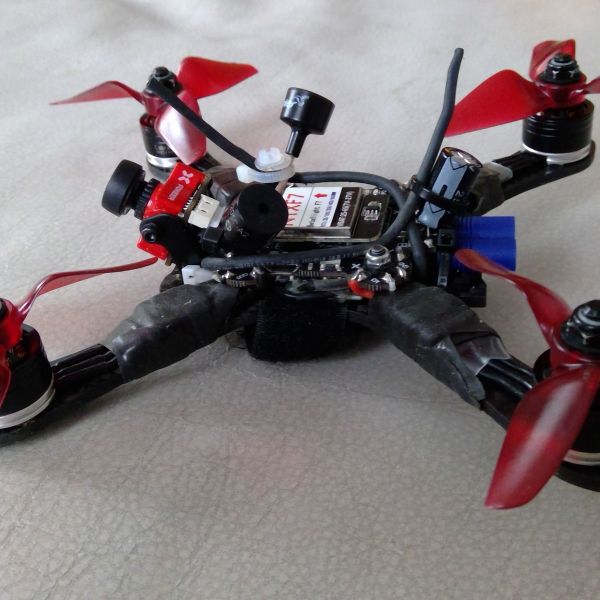
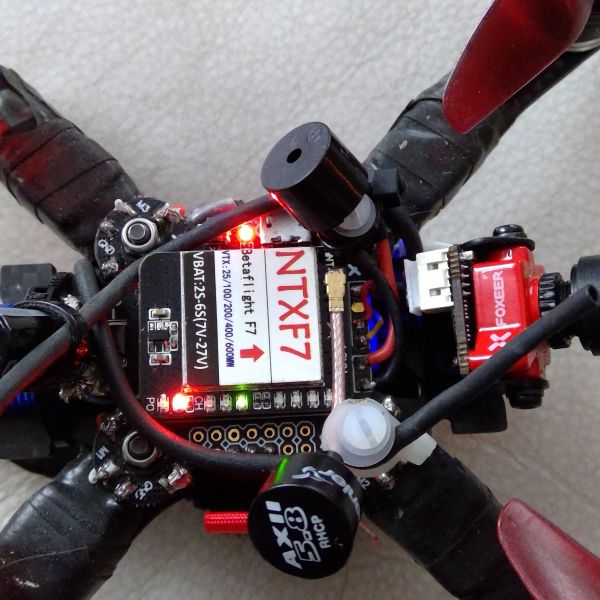
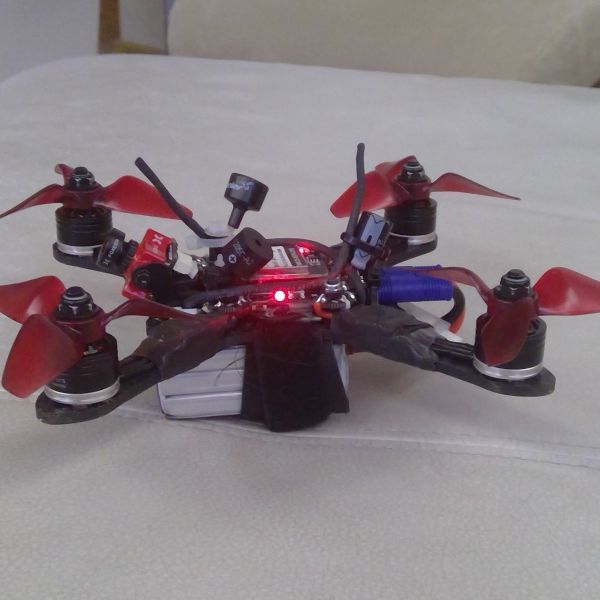
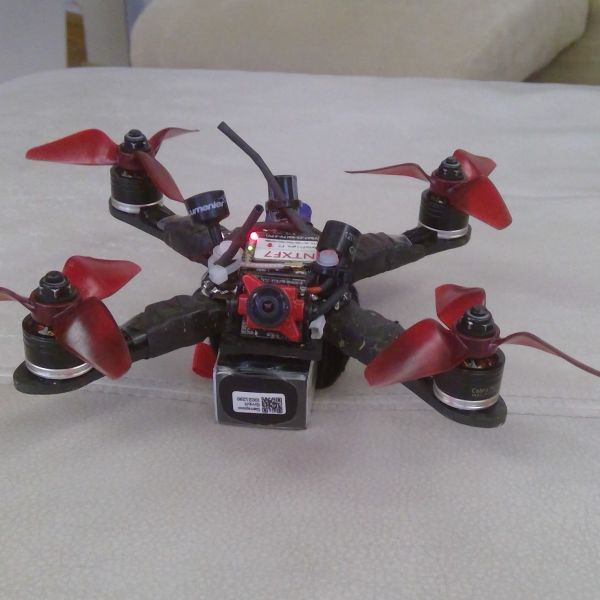
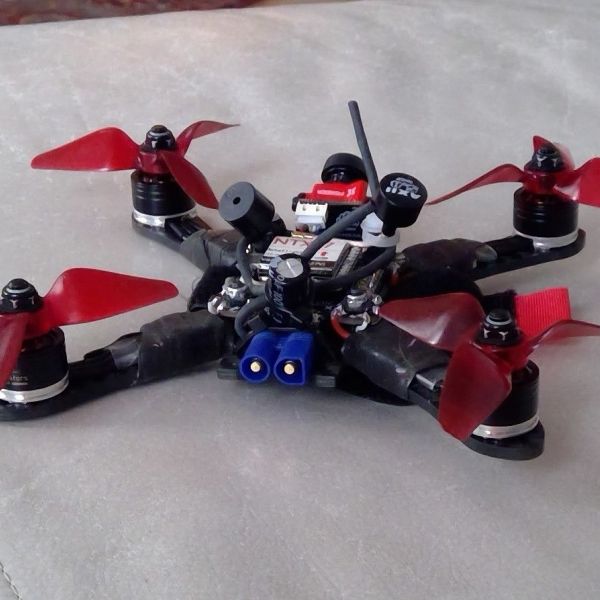
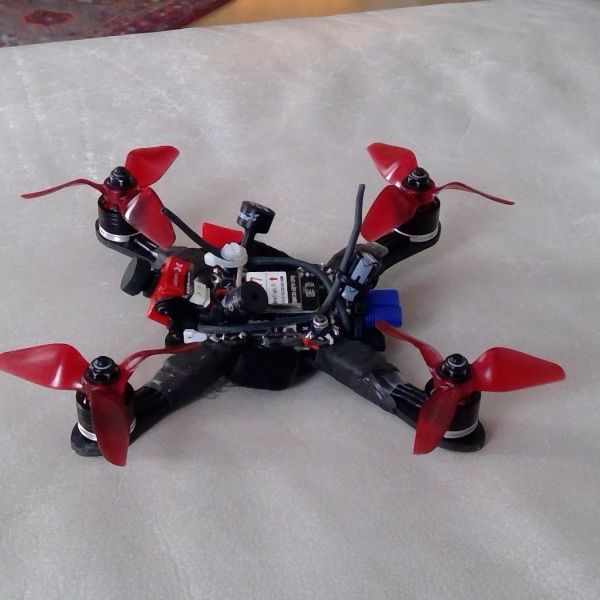
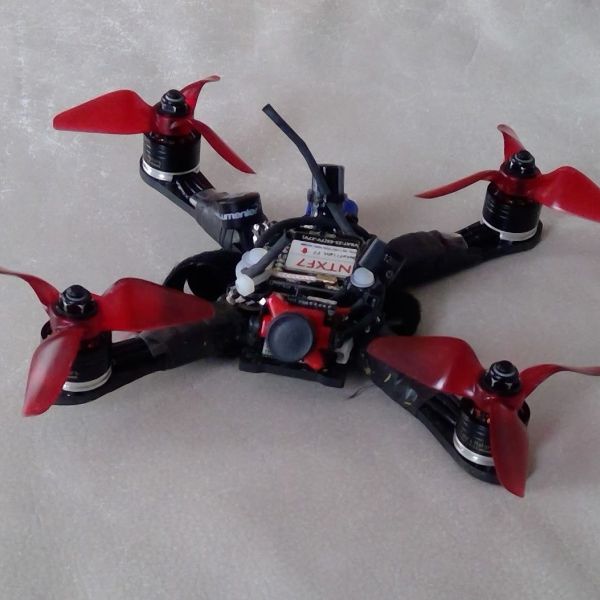

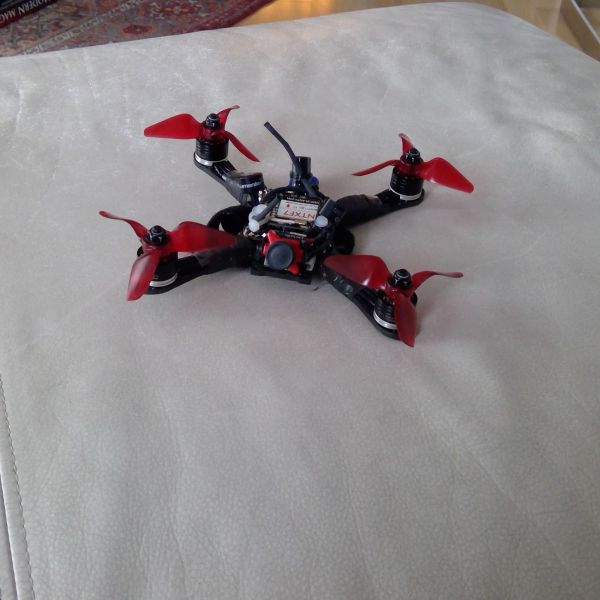
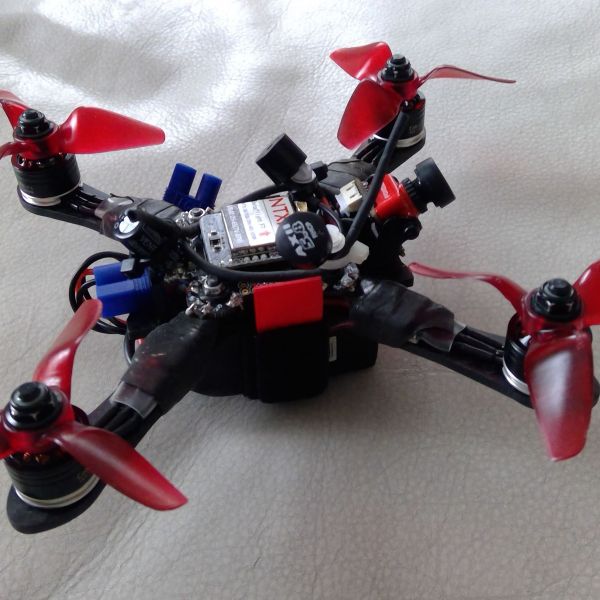








New Message for JB69